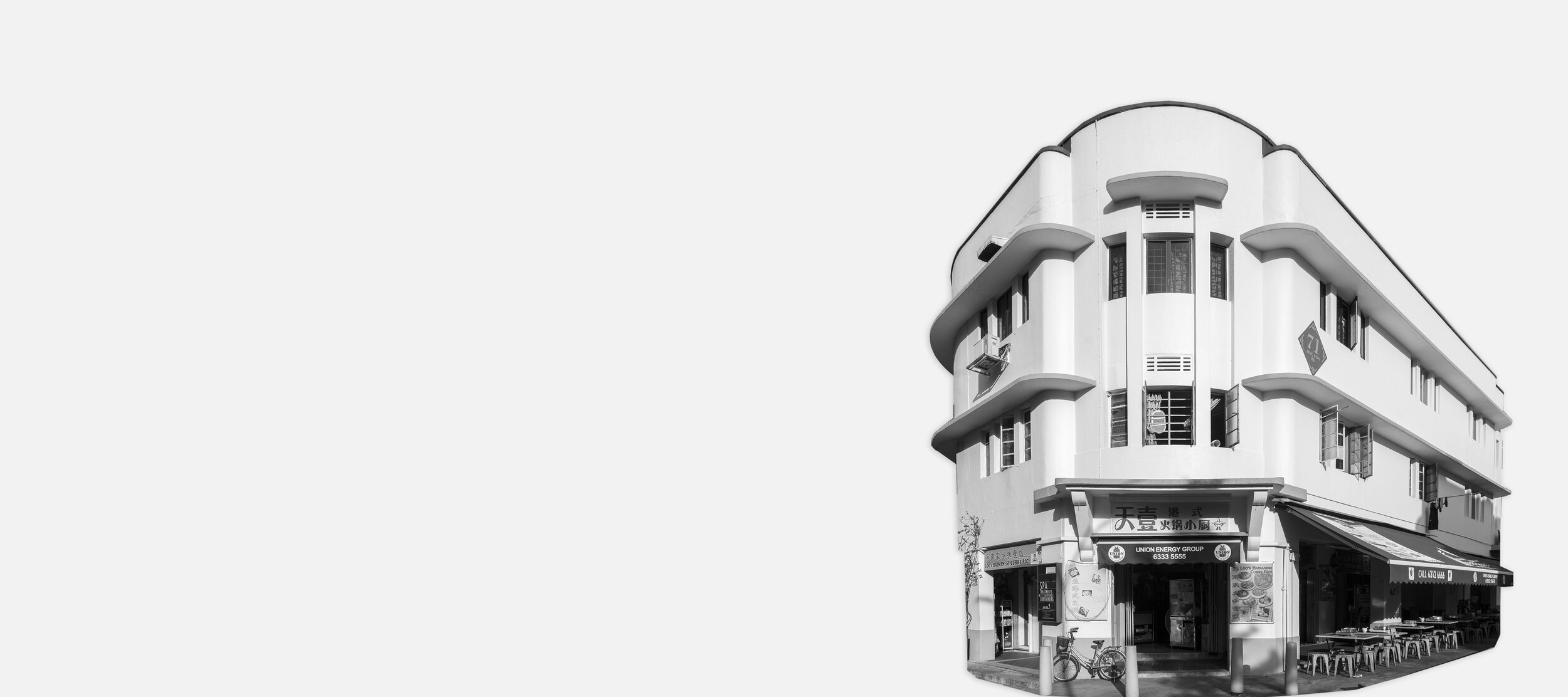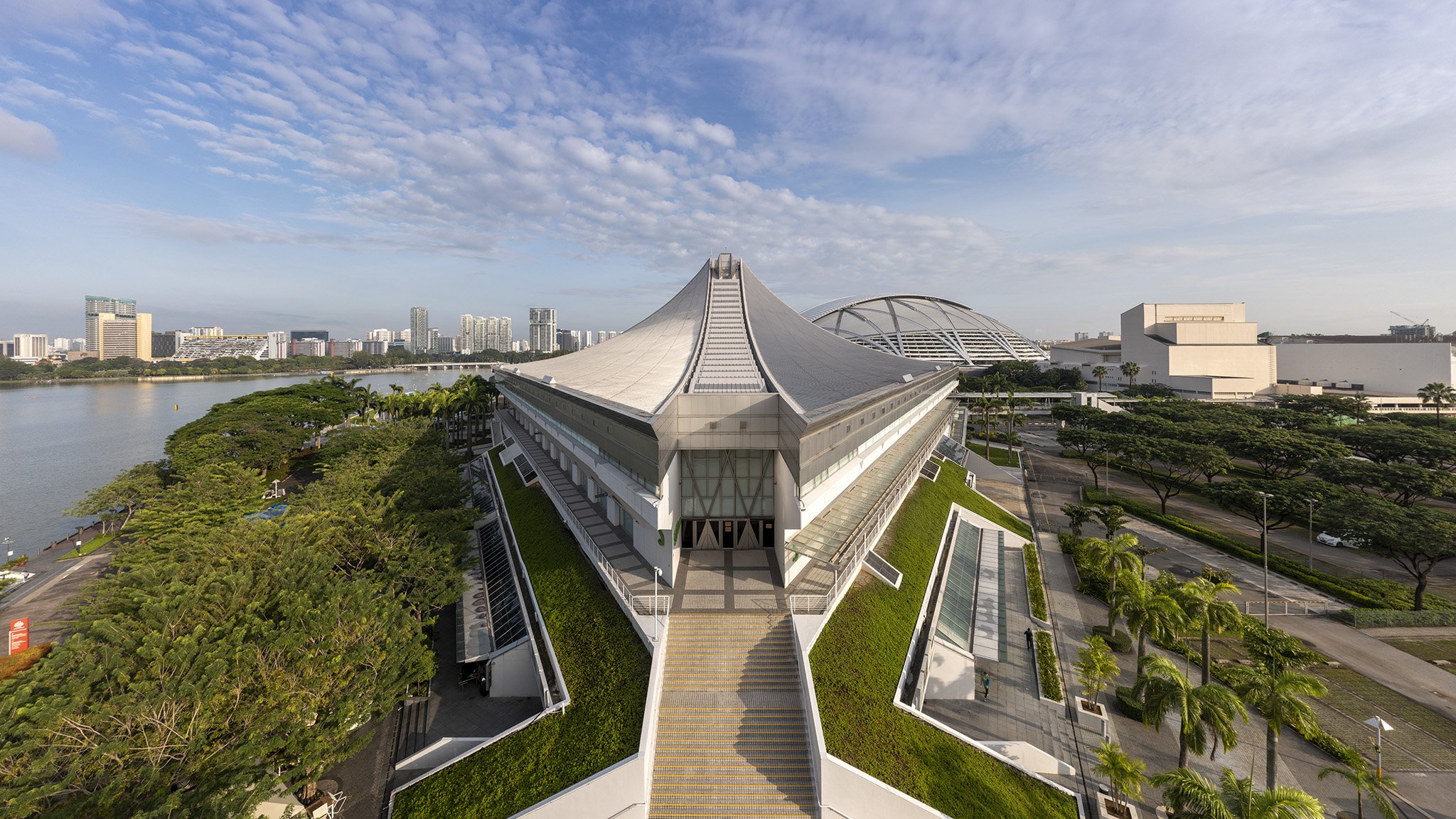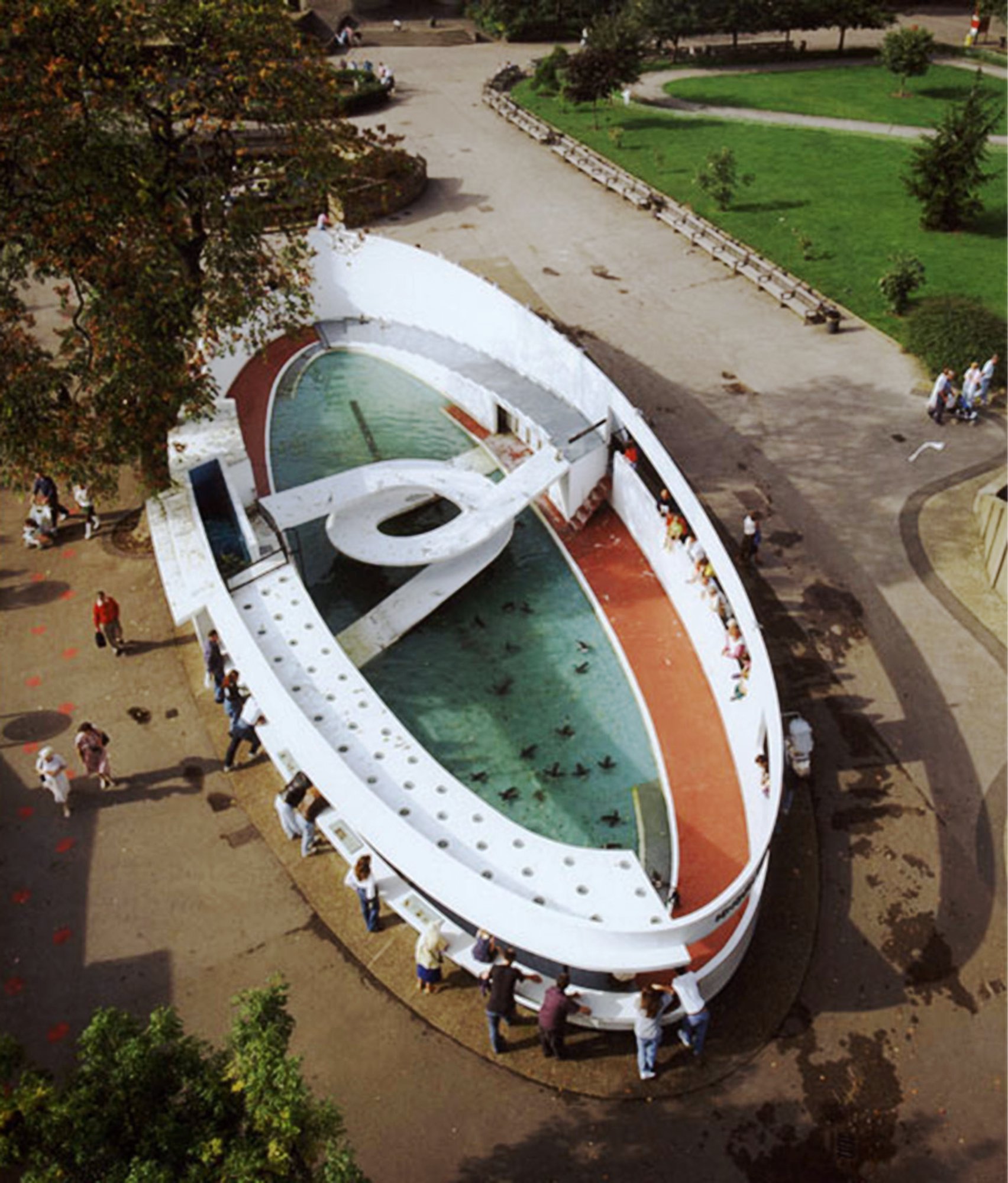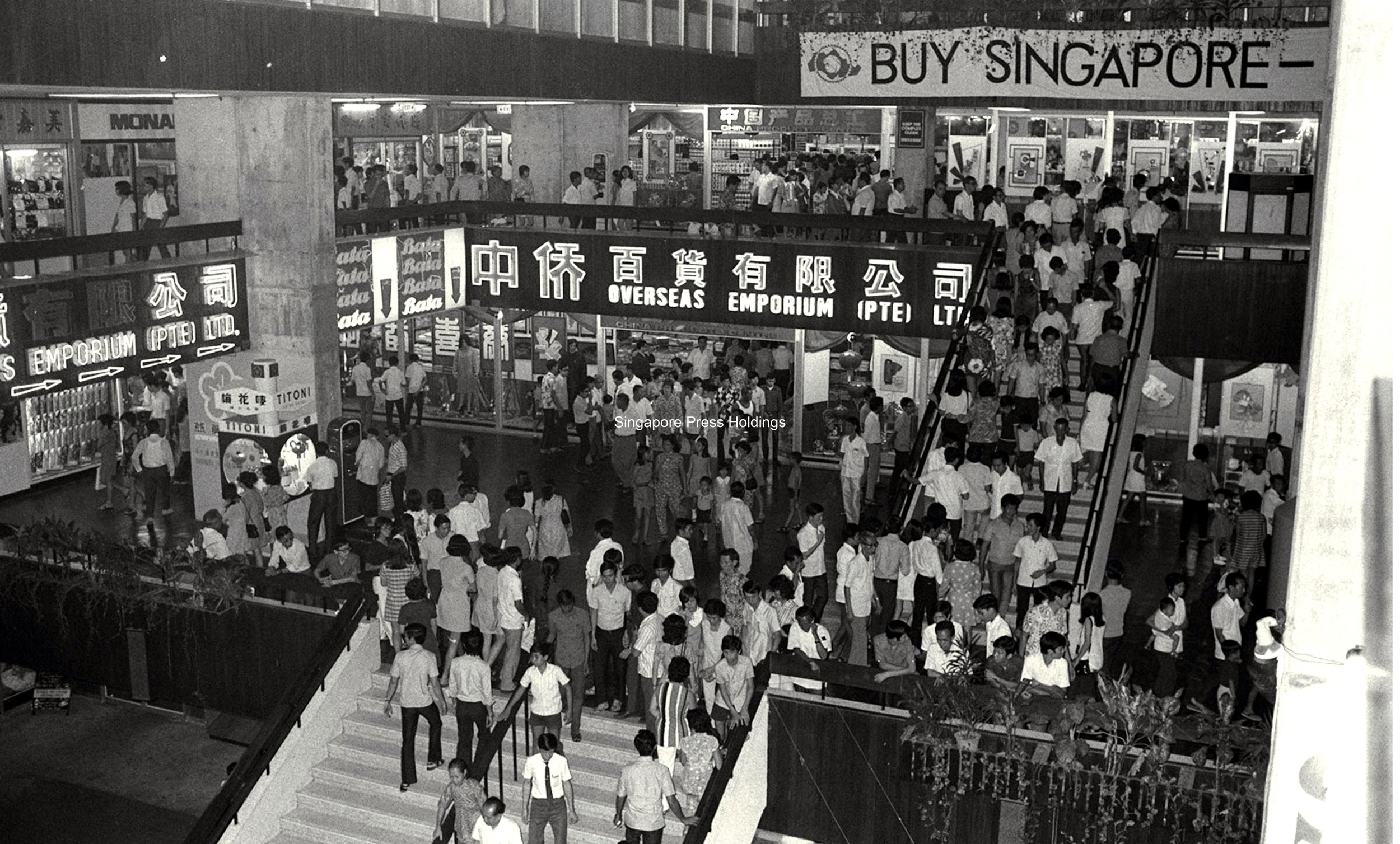
Docomomo Essays & Statements.
These are longer pieces that cover specific themes and typically feature more than a single building.
Why a Precinct Improvement Plan (PIP)?
The first is to overcome the limitation for the expansion of the PPC and to incorporate future developments into an overall framework that extends the original design ideas found in the building.
Second, adopting the dual strategy of conservation and redevelopment that takes into account overall management at the precinct level carries with it a number of advantages or benefits, as outlined below.
Third, adopting a PIP approach allows a great design idea – the ‘City Room’ strategy’ – to be extended at the urban scale in the precinct level.
PPC boasts several connections and stitching to its surroundings which can be improved. This increased connection supports the legacy of PPC inverting the “introverted” shopping centres of the past with pedestrian entrances on all sides. PPC has the potential to become a node for on-going efforts to transform Pearl’s Hill neighbourhood.
We can take this opportunity to restore the original public and civic nature of the adjacent pedestrian mall - which has since lost this quality. Image c. 1976 vs recent image on the right.
Incentivising the conservation of PPC may springboard from the incentives offered by the Ministry of National Development (MND) in 2021 to gazette Golden Mile Complex (GMC) for conservation.
A centrepiece of the country’s first urban renewal zone, PPC was a significant update to Chinatown’s urban environment and provided the people with a cleaner and more manageable space for mercantile activities.
This reflected the state’s growing pursuit of liveability. The focus on providing vibrant urban spaces materialised in the form of the City Rooms, which were the first of its kind.
The Summary Statement of Significance presents 3 aspects - Architectural, Urban & Historical and Social, under which the values of PPC are showcased.
This introductory essay provides an overview of the multiple ‘histories’ of People’s Park Complex (PPC): the birth of People’s Park as a key social space in colonial-era Singapore’s Chinatown, and later, its evolution into a bustling commercial space as ‘zan zyu baa saat’; the post-independence, state-led ‘urban renewal’ programme which precipitated the ‘rebirth’ of People’s Park alongside comprehensive redevelopment of its surrounds; and the architectural development of PPC as a new modernist nexus for Chinatown, shaped by the avant garde ideas of the young architects of Design Partnership.
Alongside archival research, this article has been written based on information and materials generously shared with Docomomo Singapore by Tange Associates during an interview with Paul Tange (Chairman, Senior Principal Architect) and Yasuhiro Ishino (President, Senior Principal Architect).
Some have likened it to a traditional Japanese hat. Others see the outlines of a Star Destroyer spaceship from the futuristic movie Star Wars. Without a doubt, the roof of the Singapore Indoor Stadium is one of—if not, the most—distinguishing feature that has made it a familiar icon along the Kallang Basin today.
There are a few problems with modern architecture when it comes to conservation. First of all, the buildings are often not old enough for age to be used as the main criteria to justify their retention. In other cases, modern buildings which architects admire might be regarded by the wider public with indifference, or even hostility, although this is less of an issue in Singapore — where people have long been receptive to modernism — than in places like Britain. Often, neglect and poor maintenance may further reduce their popular appeal, as can be the case, for instance, with many of Singapore’s older strata-titled shopping malls.
The Golden Mile Complex has been vacated recently, entering a new phase of its history as Singapore’s first post-independent private mixed use megastructure to conferred conservation status. As the key landmark in Singapore’s ‘Precinct North 1’ urban renewal pilot project undergoes restoration and adaptive reuse, it is timely to cast the spotlight on People’s Park Complex, a contemporaneous and equally significant urban renewal landmark that bookended the ‘Precinct South 1’ in historic Chinatown, now threatened by enbloc sales and demolition.
Docomomo Singapore chapter is deeply concerned by the announcement that People’s Park Complex has initiated the collective sale process. Designed by pioneer Singapore architects William Lim, Tay Kheng Soon and Koh Seow Chuan of Design Partnership, People’s Park Complex is one of post-independent Singapore’s most important modernist buildings from an architectural, urban and social perspective.











